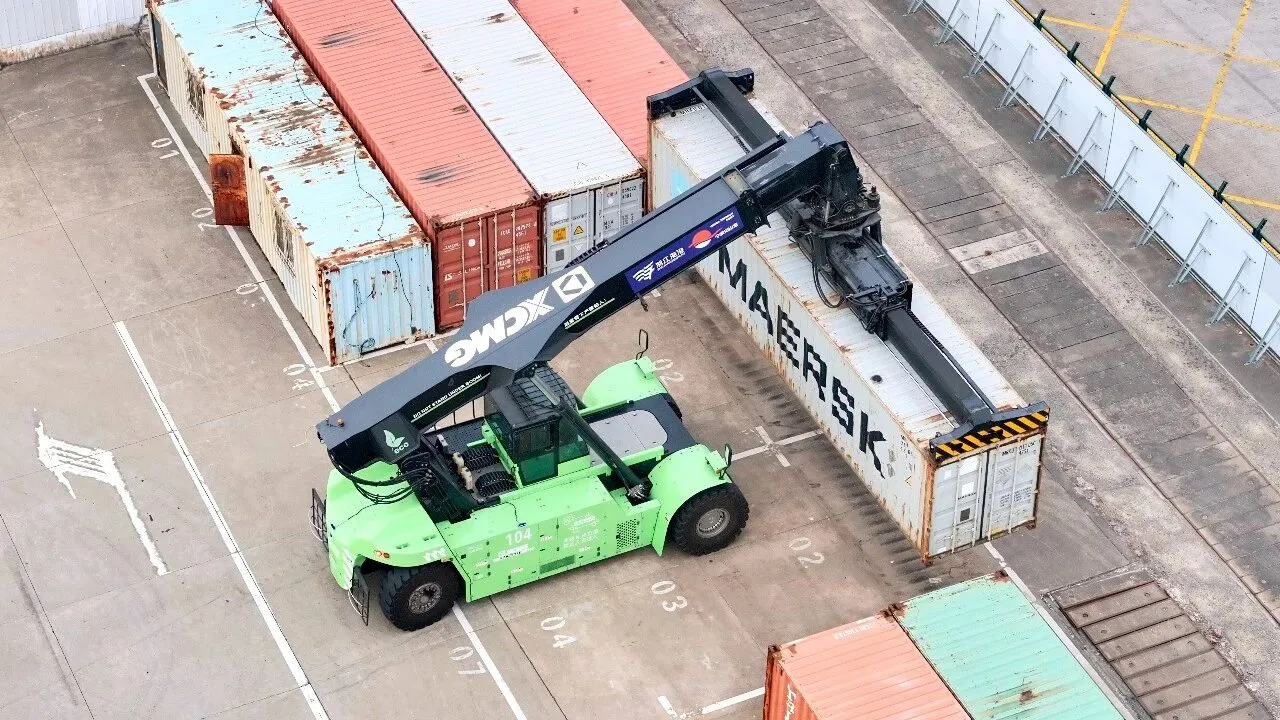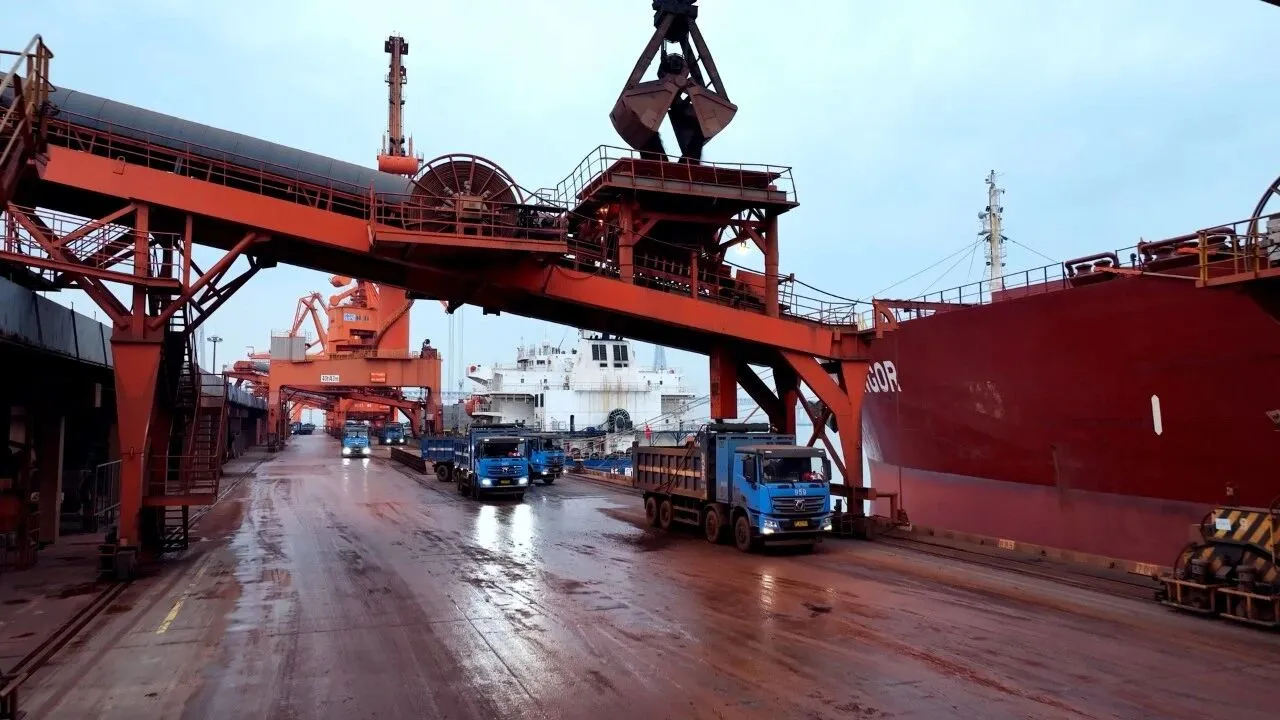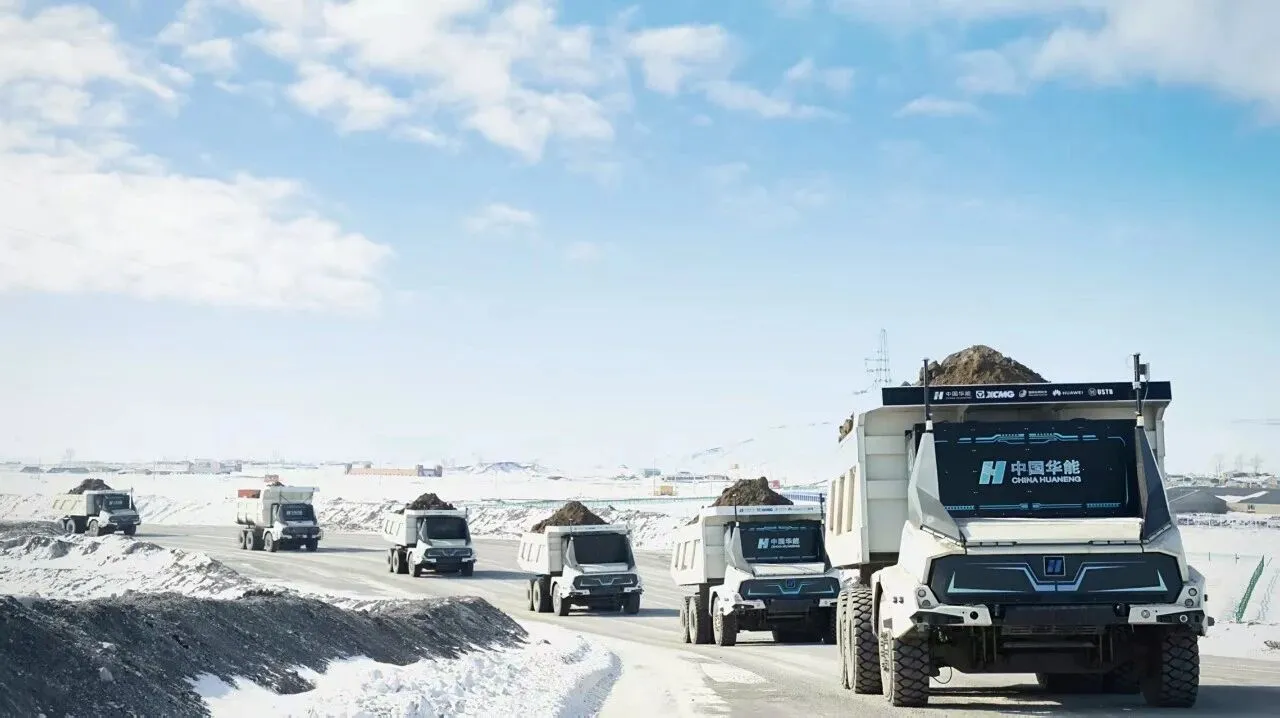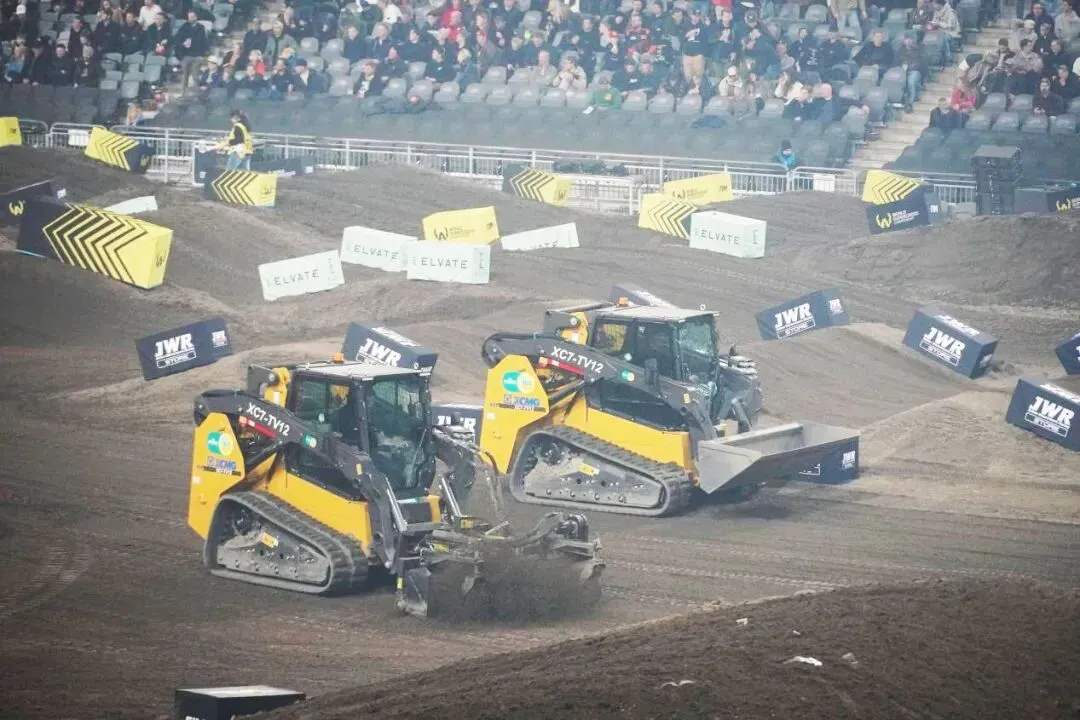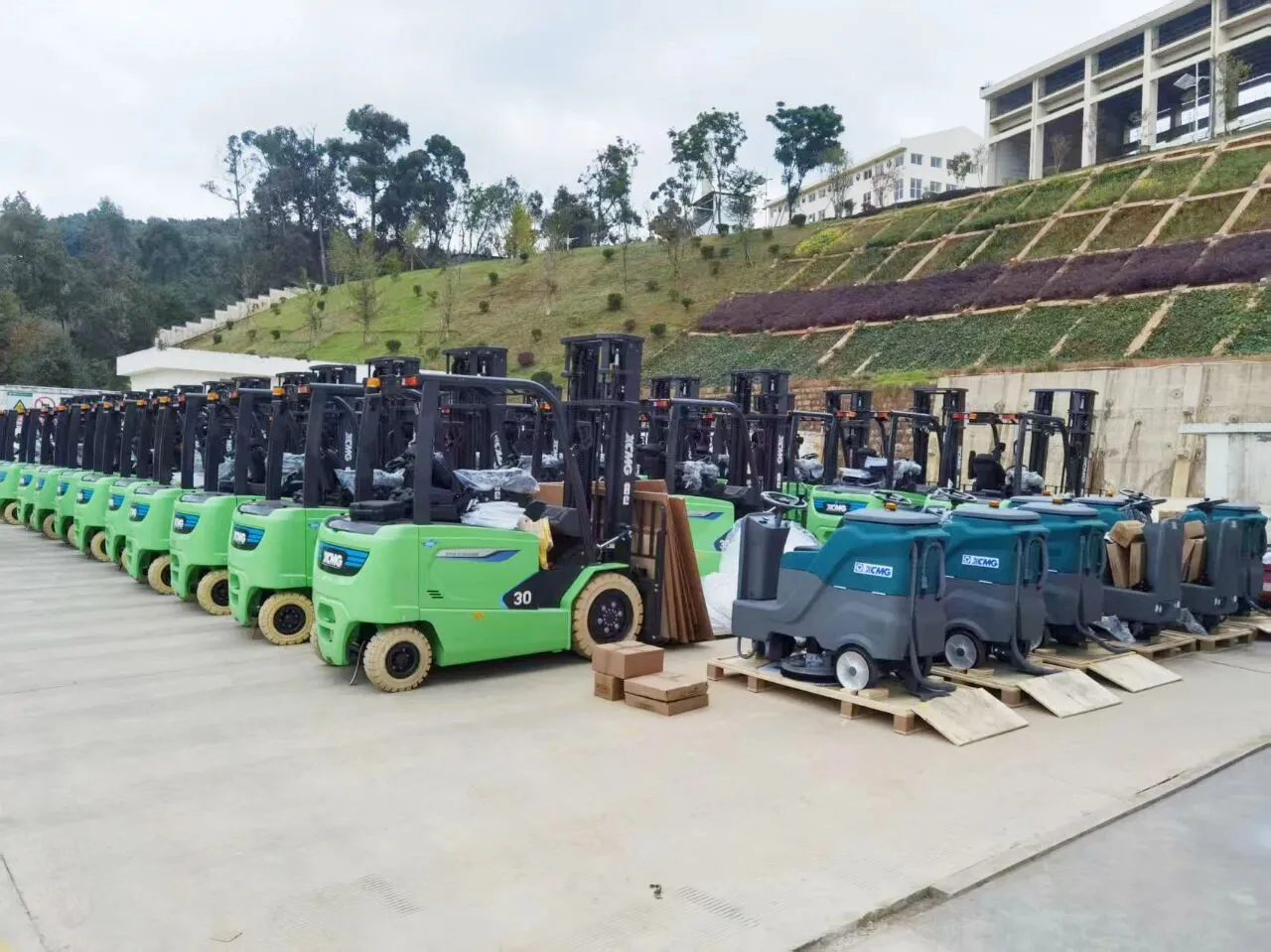8 Tips for Winter Weather Jobsite Safety
By Leah Draffen
As
snow begins to build up in some areas of the country, jobsite safety hazards
may be disguised by wintry conditions. "Winter weather can present extreme
safety challenges for those working in the home building industry on jobsites,
both outside and within the structure," says Jonathan Falk, field
specialist, disaster relief at the NAHB.
While the Occupational Safety and Health Administration (OSHA) does not have a specific standard for working in cold environments, the OSH Act of 1970 says employers have a duty to protect workers from hazards that could result in cold stress, trench foot, frostbite, or hypothermia.
As snow begins to build up in some areas of the country, jobsite safety hazards may be disguised by wintry conditions. "Winter weather can present extreme safety challenges for those working in the home building industry on jobsites, both outside and within the structure," says Jonathan Falk, field specialist, disaster relief at the NAHB.
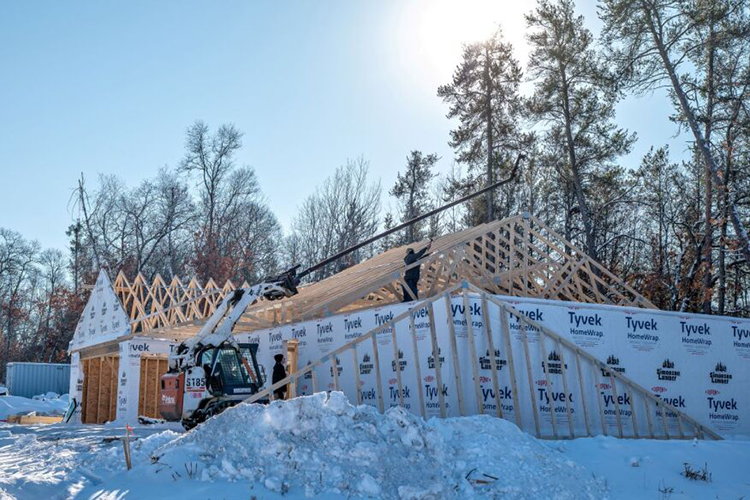
While the Occupational Safety and Health Administration (OSHA) does not have a specific standard for working in cold environments, the OSH Act of 1970 says employers have a duty to protect workers from hazards that could result in cold stress, trench foot, frostbite, or hypothermia. OSHA’s winter weather materials share risk factors, symptoms of cold-related illness, and preparedness tips.
To help builders keep workers and jobsites safe during snowy and freezing temps, Falk shares these tips:
- Stay aware of weather
forecasts. Keeping track of the forecast for the day is the
first step for keeping your workers warm. A worst-case scenario is that an
employer sends workers out to a jobsite the day a blizzard blows into
town. Employers should watch the local weather and check the National
Weather Service. If possible, schedule work during the warmest part of the
day.
- Limit exposure to the
elements. When the wind and snow are blowing and
temperatures are dangerously low, schedule outside work in shorter time
blocks. Also consider breaking up larger projects into smaller tasks or
providing short, frequent breaks in a warm environment such as a heated
trailer or a tent with portable heaters.
- Require proper gear. Working outside
during the winter requires the right gear for the job, including boots,
heavy coats, gloves, hats, and other essentials based on the weather.
Employers should require all workers to wear clothing that will keep them
warm and dry to prevent hypothermia and frostbite. Dressing too warm for
conditions can also cause problems, as sweat can result in wet clothes,
that can in turn drop a worker’s body temperature quickly. It is a good
idea to encourage dressing in layers with a base layer of moisture-wicking
fabrics to better handle temperature fluctuations and keep workers safe
throughout the day, no matter the temperature. Having a variety of gloves
of multiple thicknesses on site can help workers accomplish different
tasks while staying warm. This can also encourage the changing of wet
gloves, as wet gloves can make fingers especially more susceptible to
frostbite. Finally, don’t forget sunglasses and sunscreen as snow can
reflect harmful UV rays that can damage the skin and eyes.
- Review worksites every
day. Any
kind of debris can pose a risk in work environments; however, it is
particularly true for winter construction. Snow and ice on overhangs and
rooftops should be regularly cleared to prevent falling to the ground
level. Snow can also hide dangerous materials that can fall to a lower
level and injure a worker. If a project does require the use of special
equipment or ladders and there are any doubts about frozen ground or the
stability of the terrain, consider delaying work until conditions improve.
- Remove snow and ice. Before work is
started on a site, employers should ensure that snow is removed, sand is
put down throughout walkways, and large patches of ice are chipped away.
Sand is an inexpensive and effective way to help prevent slipping when
spread along jobsite paths. Be aware that salt or other chemical de-icers
could inadvertently cause damage to your building materials. Always check
with the manufacturer before use to ensure the product does not damage or
weaken the material. No matter how time sensitive the construction job is,
workers should avoid working on scaffolding in ice and snow.
- Ensure adequate
ventilation. When working on the inside of structures during
winter months, ensure that there is adequate ventilation for carbon
monoxide or chemical fumes. Sources of carbon monoxide can include anything
that uses combustion to operate, such as portable generators, space
heaters, power tools, compressors, pumps, welding equipment, furnaces,
gas-powered forklifts, and motorized vehicles. To reduce the risk of
carbon monoxide exposure on the jobsite, employers should install an
effective ventilation system, avoid the use of fuel-burning equipment and
vehicles in enclosed or partially enclosed spaces, and use carbon monoxide
detectors in areas where the hazard may exist.
- Inspect and prepare
vehicles. Before heading into the winter, all work
vehicles should be inspected to determine if they are fully functioning.
Employers should also add winter emergency kits to work vehicles that
include an ice scraper, snow brush, shovel, tow chain, flashlight with extra
batteries, emergency flares, a blanket, snacks, and water.
- Educate workers on the
signs of frostbite and hypothermia. Even when employers
do everything to protect workers, issues can still arise. Supervisors and
workers need to know the symptoms of hypothermia and frostbite so that if
anyone shows these signs, they can receive immediate medical attention.
